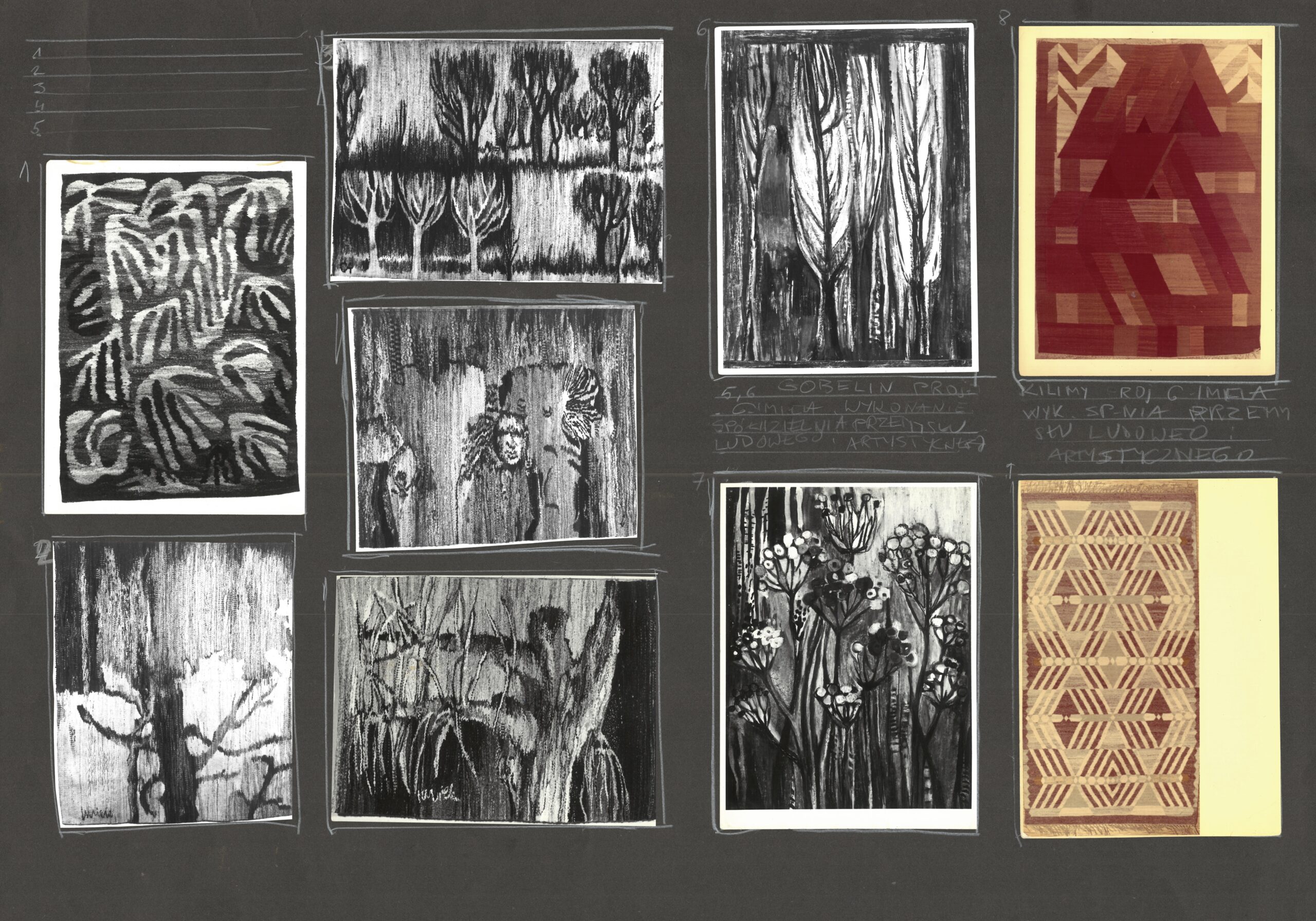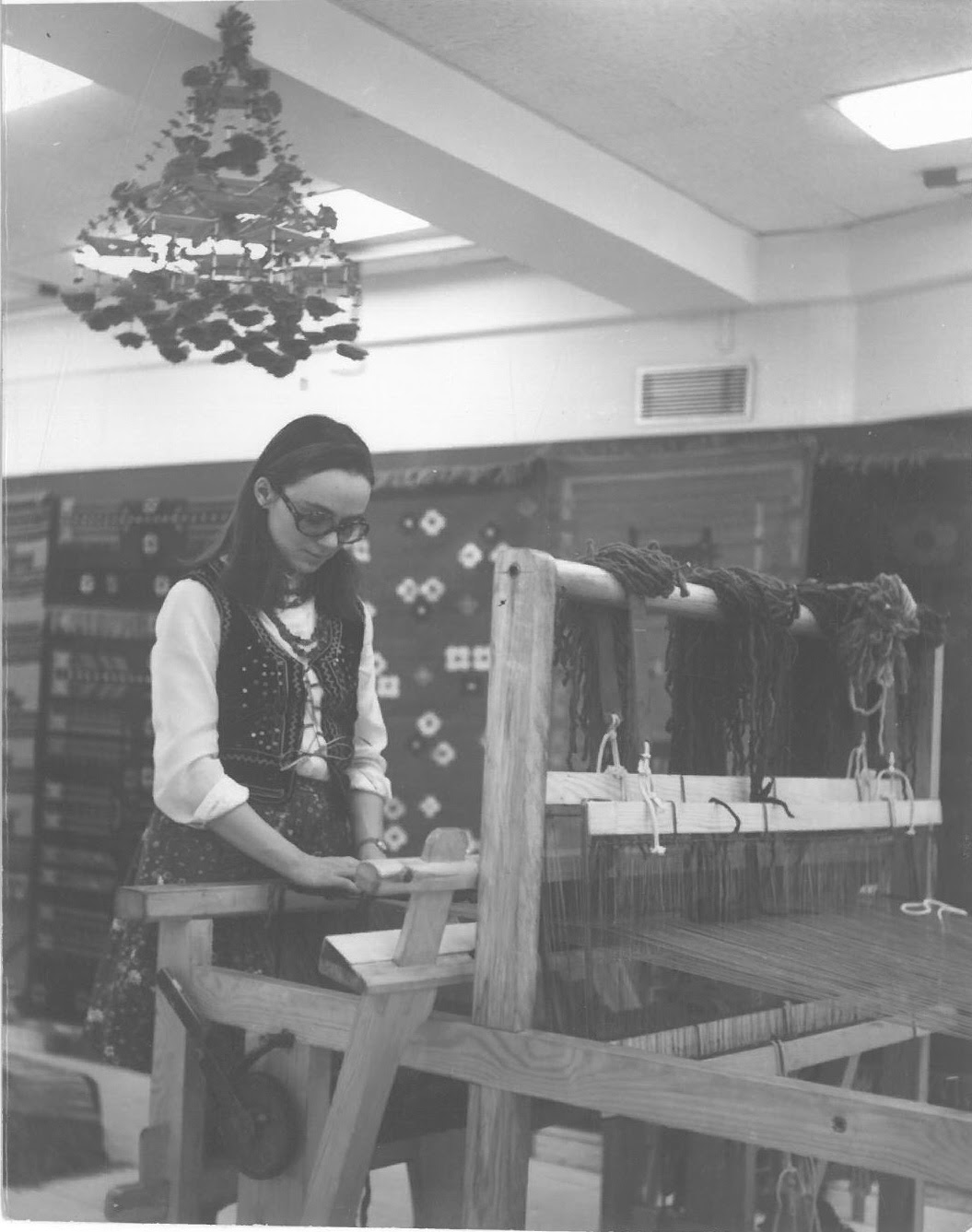Grażyna Imiela | Painting and textile
Opening: 25.09.2024 18:00
Gallery Duża Scena UAP, 24 Wodna Str.
25.09–17.10.2024

Grażyna Imiela is a graduate of the Faculty of Painting, Graphics and Sculpture at the State Higher School of Fine Arts in Poznan (diploma in Painting, 1966). Her oeuvre consists of painting and artistic textile. Imiela has participated in numerous exhibitions and art reviews both in Poland, e.g. “Plastyka poznańska” at the Arsenał Gallery in Poznan (1974), “Tkanina Poznańska” at the Zachęta Gallery in Warsaw (1980), and abroad: “Wystawa Tkaniny Poznańskiej” in Aix-les Bais, Grasse, Toulouse, Lille, Lyon, Le Havre (1979), individual exhibition in Lünen (2012). The artist’s works are in private collections in Poland, Germany, Switzerland and the United States.


The painter comes from the classical colourism movement; she was influenced by the Kapists Artur Nacht-Samborski and Józef Czapski, as well as Teresa Pągowska. Apart from her native land, her artistic inspirations were works by Paul Cezanne, Pierre Bonnard, Henri Matisse. During her stays in Brussels (1972) and Paris (1973), the artist had the opportunity to have direct contact with the aforementioned classics. Imiela created using the techniques of oil on canvas, acrylic on canvas, gouache and collage. The artist herself describes her paintings as figurative abstraction. The main motifs of her paintings are city landscapes (the “Cities” series), genre scenes (e.g. “Two with a Dog” and the “Heads” series) and still lifes.
In the years 1967-1983 Imiela was employed in the Poznan branch of Cepelia. This period saw the peak of her artistic fabric work, i.e. tapestries (“Monstera”, “Motyl”) and rugs (photos). In addition to creating dozens of orders for the Wielkopolska Cooperative of Folk and Artistic Industry, the artist also completed large-scale private and public orders (e.g. tapestries for the Piła City Office, which still decorate institution premises today). The artist used natural materials: sheep wool on a linen base.

- Author: o.petrenko
- Published on: 18.09.2024, 13:02
- Last edit: 18.09.2024, 13:13

